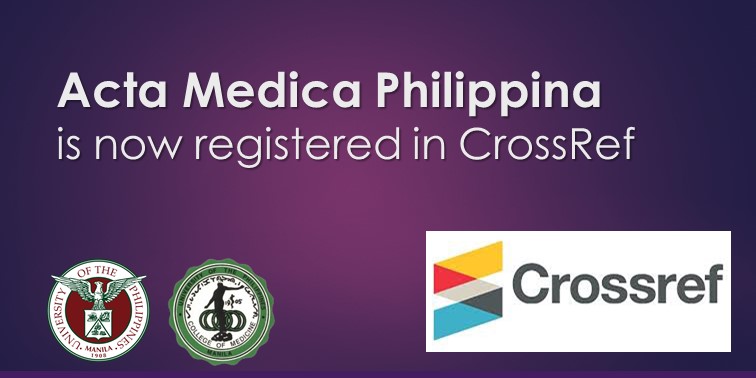Adverse Outcomes Among Surgical Patients in a Tertiary Teaching Hospital
DOI:
https://doi.org/10.47895/amp.v42i1.2359Keywords:
adverse outcome, surgical patients, teaching hospitalAbstract
Background: The clinical outcome of any surgical patient is dependent on the interplay of a multiplicity of factors. The objective of the study is to examine the factors identified as contributory to the occurrence of morbidities and mortalities among surgical patients at a tertiary teaching hospital.
Methodology: This study involved a descriptive analysis of the records of charity patients seen by the PGH Department of Surgery over a 2-year period (2005-2006) using secondary data obtained from the department’s Integrated Surgical Information System (ISIS). All cases that incurred morbidities or who became mortalities were analyzed for contributory factors to the occurrence of the adverse events, as identified by surgeons. Contributory factors analyzed included Institutional Limits, Surgical Team Limits, Other Caregiver Limits, Patient Medical Limits, and Patient Psychosocial Limits. Analysis of data was performed using measures of central tendency using Microsoft Excel.
Results: The department attended to 13,591 patients and performed 15,652 major operations over the study period with a service mortality (SMT) rate of 3.36% (456 cases), an operative mortality (OMT) rate of 2.48% (388 cases), a service morbidity (SMB) rate of 3.22% (437 cases), and an operative morbidity (OMB) rate of 3.51% (550 cases). The most frequently cited contributory factors to patient mortality were patient medical limits (SMT = 98.1%, OMT = 90.8%), followed by surgical team errors (SMT = 43.4%, OMT = 48.0%). The most frequently cited contributory factors to patient morbidity were surgical team errors (SMB = 92.3%, OMB = 78.0%), followed by patient medical limits (SMB = 55.9%, OMB = 42.2%). The most frequently cited surgical team errors for the mortality cases were delayed recognition of the problem (SMT = 28.8%, OMT = 26.7%), inadequate post-op care (SMT = 16.7%, OMT = 17.6%), and poor surgical technique (SMT = 14.6%, OMT = 16.2%). The most frequently cited surgical team errors for the morbidity cases were poor surgical technique (SMB = 75.7%, OMB = 73.9%), inadequate post-op care (SMB = 14.8%, OMB = 9.8%), and intra-op judgment error (SMB = 5.6%, OMB = 5.6%). The most frequently cited institutional limits contributing to mortalities were no antibiotics (SMT = 60.7%, OMT = 54.2%) and lack of blood (SMT = 19.0%, OMT = 20.5%); for the morbidities, it was no antibiotics (SMB = 88.2%, OMB = 92.9%). The most frequently cited other caregiver error for the mortality cases was delayed delivery of care by other services (SMT = 52.2%, OMT = 52.0%), while for the morbidity cases, they were inadequate nursing care (SMB = 52.6%) and poor anesthetic care (OMB = 50.0%). Conclusions and Recommendations: (a) Majority of the mortalities were affected by severity of the disease condition and presence of co-morbid conditions. Employment of severity stratification and institution of clinical practice guidelines may help reduce the mortality statistics. (b) The surgical team errors may be categorized into cognitive and technical errors. The impact of cognitive errors was greater in the mortality cases, while the impact of technical errors was greater in the morbidity cases. Recommendations that may reduce the commission of surgical errors include employment of deliberate practice, lobbying for training policy change, and getting to the root causes of cognitive deficiencies through focus group discussions (FGDs). (c) Proper dialogue with concerned units should be encouraged to echo relevant issues in order to reduce adverse outcomes in health care delivery.




.jpg)



